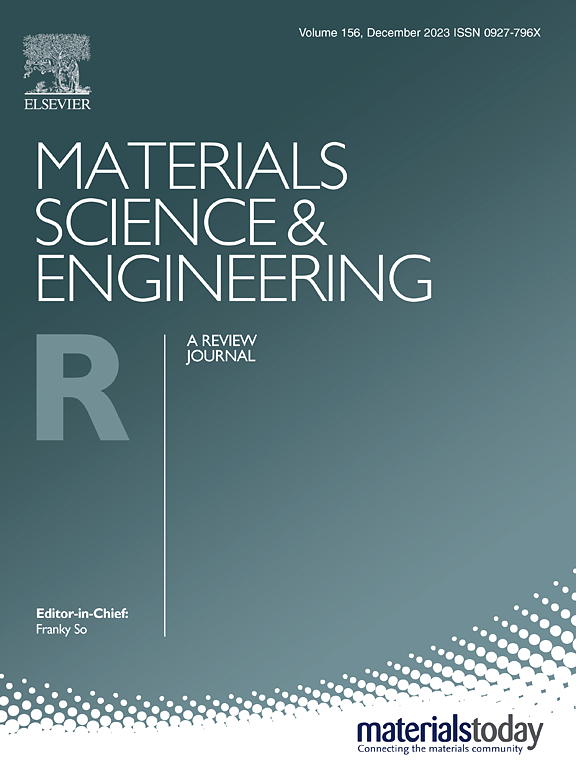Skin-adhesive stretchable conductors for wireless vital diagnostics
IF 31.6
1区 材料科学
Q1 MATERIALS SCIENCE, MULTIDISCIPLINARY
引用次数: 0
Abstract
Continuous physiological signal monitoring and diagnosis are crucial for proactive health management and timely interventions. Key challenges include achieving non-toxic adhesion of stretchable conductors to dynamic skin and integration with lightweight, wearable circuits equipped diagnosing algorithms. We propose wireless physiological monitoring with vital diagnosis, featuring octopus-inspired micromembrane structure electrodes that enhance both adhesion and permeability. These stretchable electrodes exhibit a conductivity of over 2700 S/cm and maintain stretchability up to 1000 %, with minimal degradation after 1000 cycles of deformation. Adhesion reaches 12 kPa, ensuring durability for over 1000 attachment-detachment cycles and long-term attachment exceeding 24 h without skin toxicity. The system, connected to a miniaturized wireless circuit (2.8 g), facilitates real-time, accurate collection of electrocardiography (ECG), electromyography (EMG), electrooculography (EOG), and electroencephalography (EEG) signals. As proof of concept, ECG signals from real subjects processed with a transfer-learning algorithm achieved over 93.3 % diagnostic accuracy, paving the way for reliable, personalized health monitoring.
用于无线生命诊断的皮肤粘附可拉伸导体
持续的生理信号监测和诊断对于主动健康管理和及时干预至关重要。关键的挑战包括实现可拉伸导体与动态皮肤的无毒粘附,以及与配备诊断算法的轻型可穿戴电路的集成。我们提出了具有重要诊断的无线生理监测,采用章鱼启发的微膜结构电极,增强附着力和渗透性。这些可拉伸电极的导电性超过2700 S/cm,并保持高达1000 %的拉伸性,在1000次变形循环后降解最小。附着力达到12kpa,确保超过1000次附着-脱离循环的耐久性和超过24 h的长期附着而无皮肤毒性。该系统连接到一个微型无线电路(2.8 g),便于实时、准确地收集心电图(ECG)、肌电图(EMG)、眼电图(EOG)和脑电图(EEG)信号。作为概念验证,使用迁移学习算法处理的真实受试者的心电信号的诊断准确率超过93.3 %,为可靠的个性化健康监测铺平了道路。
本文章由计算机程序翻译,如有差异,请以英文原文为准。
求助全文
约1分钟内获得全文
求助全文
来源期刊

Materials Science and Engineering: R: Reports
工程技术-材料科学:综合
CiteScore
60.50
自引率
0.30%
发文量
19
审稿时长
34 days
期刊介绍:
Materials Science & Engineering R: Reports is a journal that covers a wide range of topics in the field of materials science and engineering. It publishes both experimental and theoretical research papers, providing background information and critical assessments on various topics. The journal aims to publish high-quality and novel research papers and reviews.
The subject areas covered by the journal include Materials Science (General), Electronic Materials, Optical Materials, and Magnetic Materials. In addition to regular issues, the journal also publishes special issues on key themes in the field of materials science, including Energy Materials, Materials for Health, Materials Discovery, Innovation for High Value Manufacturing, and Sustainable Materials development.
 求助内容:
求助内容: 应助结果提醒方式:
应助结果提醒方式:


